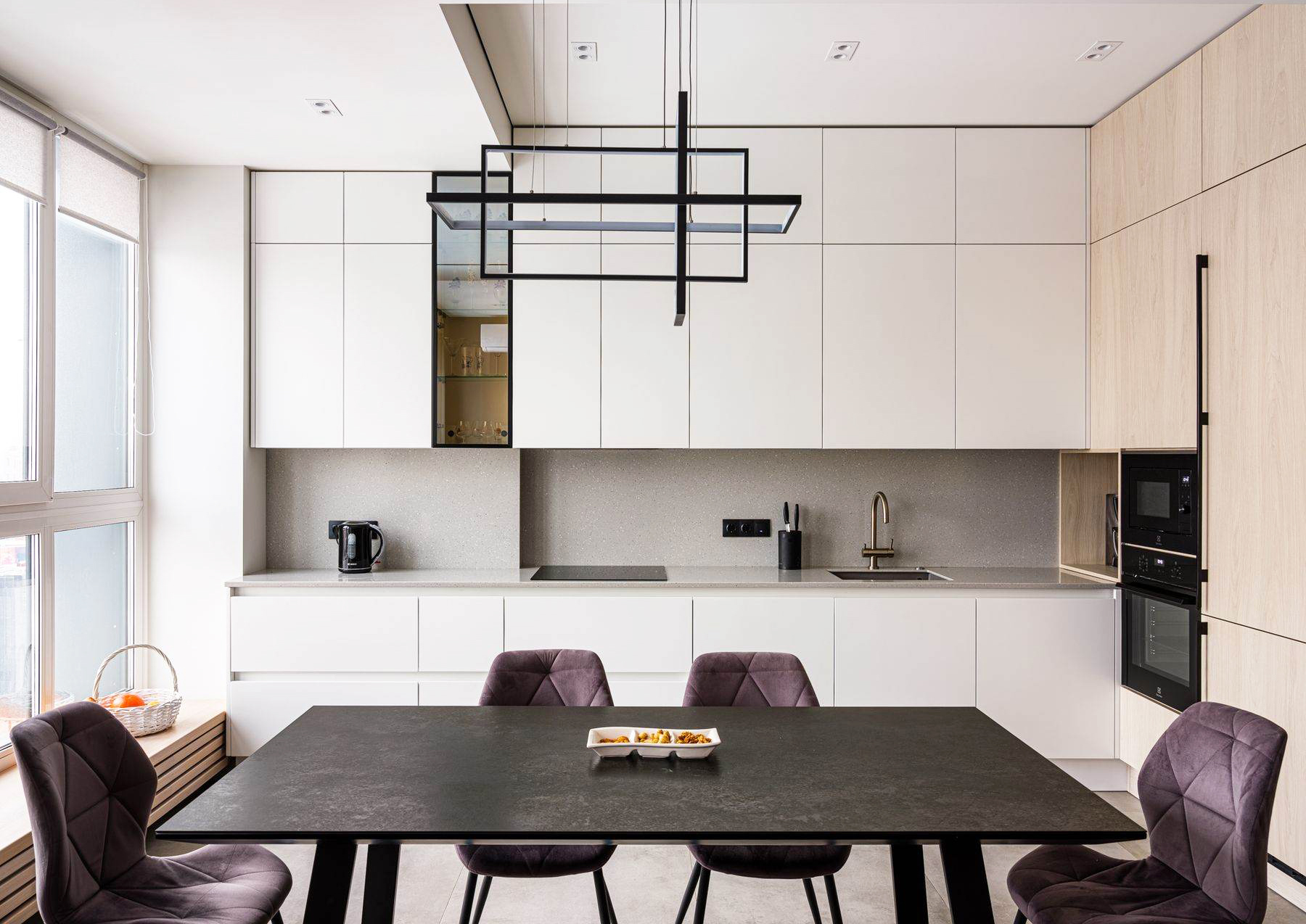
The Revolution of Culinary Spaces: A Perfect Reimagination
In recent years, the world of culinary arts has witnessed a transformative change in the way kitchen spaces are designed and utilized. As culinary enthusiasts and professionals strive for perfection in their crafts, the spaces they work in have begun evolving to provide the ideal meld of form, function, and creativity. From minimalist counters to high-tech equipment, culinary spaces are being reimagined perfectly to cater to the contemporary chef's every need.
Embracing Modernity and Functionality
Gone are the days of cluttered and narrow kitchens. The modern culinary space is a testament to the effective use of space and ergonomics. Streamlined designs, with strategically placed appliances and smart storage solutions, ensure that everything a chef needs is within arm’s reach, reducing clutter and maximizing efficiency. The use of durable, easy-to-clean materials like stainless steel and quartz has become increasingly popular, signifying a shift towards functional yet aesthetically pleasing design elements.
Technological Integration in Culinary Environments
Technology has undoubtedly made its mark in the kitchen. Smart ovens that can be controlled remotely, precision cooking equipment such as sous-vide machines, and digital inventory systems are just a few examples of how tech is enhancing culinary spaces. These advancements allow chefs to perfect their techniques and manage their kitchens more effectively, delivering consistent and high-quality culinary experiences.
The Rise of Open-Concept Kitchens
The open-concept kitchen has become a staple in modern culinary design, reflecting the desire for an interactive cooking experience. This layout not only allows for easy communication and flow between the kitchen and dining spaces but also enables the chef to showcase their culinary prowess. The open concept propels the kitchen to the heart of the home or restaurant, making it a welcoming hub for social gatherings and culinary exhibitions alike.
Sustainable Practices and Materials
As the world becomes more environmentally conscious, so too do culinary spaces. Reimagining the perfect kitchen now involves incorporating sustainable materials and practices into its design. This includes the use of renewable resources like bamboo for countertops and cabinetry, energy-efficient appliances, and composting systems that help reduce food waste. By embracing sustainability, culinary spaces not only contribute to the environment but also resonate with the growing demand for green practices among consumers.
Maximizing Small Spaces
Urbanization and the trend towards smaller living quarters have inspired creative solutions for limited kitchen space. Designers have risen to the challenge, introducing multi-purpose furniture, collapsible fixtures, and innovative storage options. These elements ensure that even the most compact kitchen can be reimagined into a perfectly efficient culinary space, providing the same opportunities for culinary exploration as their larger counterparts.
Conclusion: The Future of Culinary Spaces
The reimagined culinary space is not just about aesthetics or technology; it's a reflection of the evolving values and needs of those who use it. Whether for professional chefs or home cooking enthusiasts, the perfect kitchen has become a space where function and beauty coexist harmoniously, where technology enhances technique, and where sustainability is woven into the very fabric of design. As we continue to innovate and redefine what it means to cook and enjoy food, culinary spaces remain at the forefront of this delicious revolution, perfectly suited to the tastes and talents of their users.